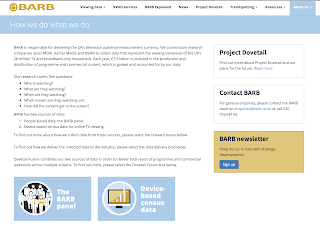Advertising Documentary: Questions
What is the purpose of advertising?
An adverts purpose is to show the consumers and audience the benefits of buying the advertised product over other competitors in the same market, an example of this being Weetabix, which is one of a few cereals to be high in fibre.
What is a target market?
A target market is the group of people an advert targets as being interested in a product, like a certain demographic or psychographic. This could be Lynx's appeal to young men, being targeted in an advert by showing men with Lynx body spray getting women.
How does advertising work?
Advertising is paid for by a client (usually the company that sells a product) to an advertising agency, who design and create an ad that targets the right audience and pick a suitable location for an ad that will allow it to reach its intended audience.
What is reach?
Reach is the amount of people who are likely to see an ad, with a billboard in the busiest part of a city having a lot of reach, while maybe a small local radio would have a smaller reach.
What is frequency?
Frequency is how many times the ad is broadcast and seen by an audience.
What sort of things do an ad agency spend money on?
An agency will spend around about 10% - 15% of their money on designing and creating the advert, while the other 85% - 90% is spent on advertising itself, which would involve paying TV channels for advert slots and getting pages in magazines or newspapers.
How important is the USP?
A Unique Selling Point (USP) is very important as it is this which sets a product apart from the rest of its competitors. it's an incentive to make the audience and consumers buy your product over others, whether it be your product is cheaper, or you have health benefits other products don't.
Why might an ad campaign fail?
An ad campaign could fail if the ASA deems an ad inappropriate and gets it removed from media platforms. Other reasons could be that the audience, especially the target audience, isn't reached or interested in the product, and little to no profits are made from it. The worst case scenario is the ad is too controversial and the public is outraged, leading to the company getting boycotted, usually resulting in shareholders selling their shares in the company and the consumers not buying any of the companies products.


Comments
Post a Comment